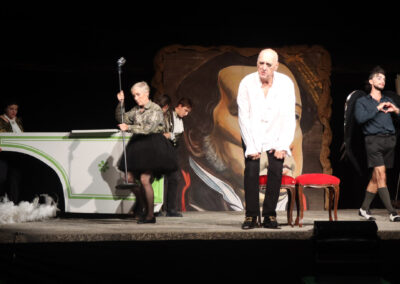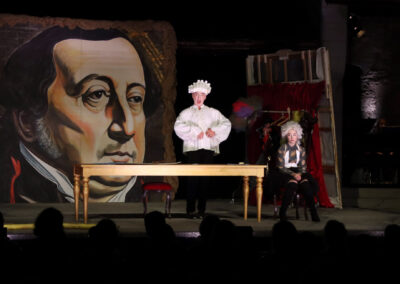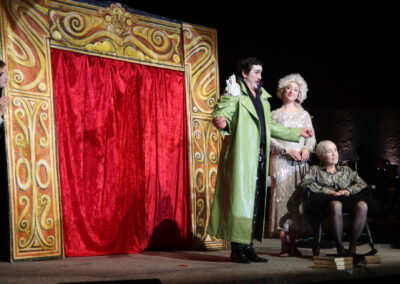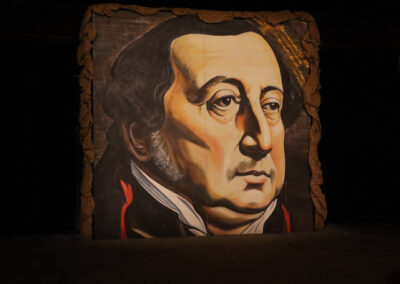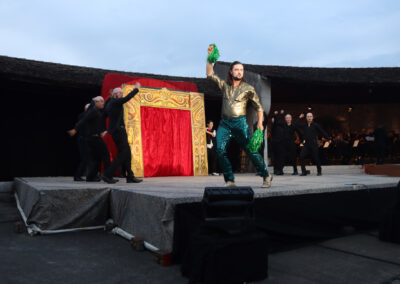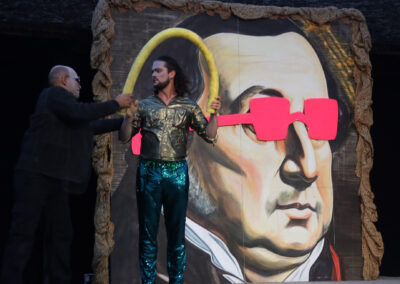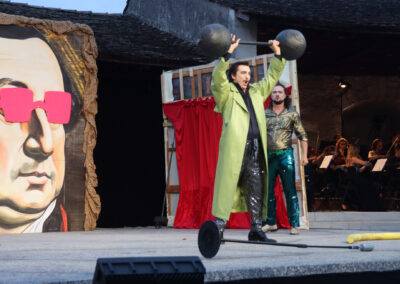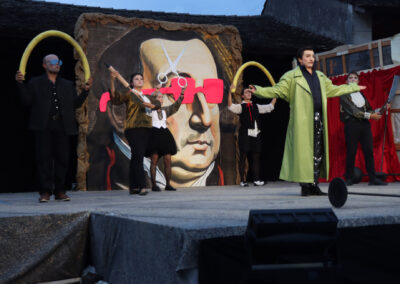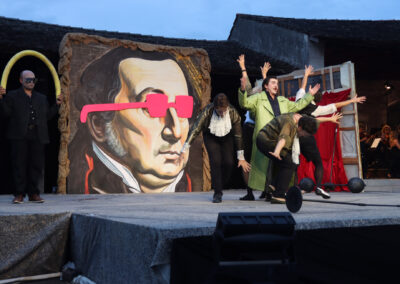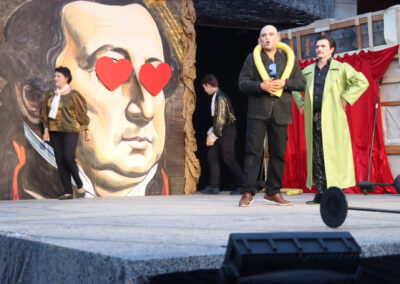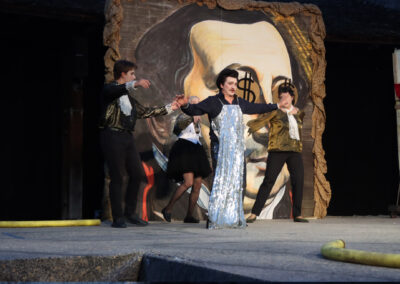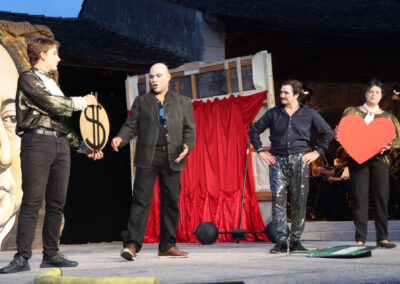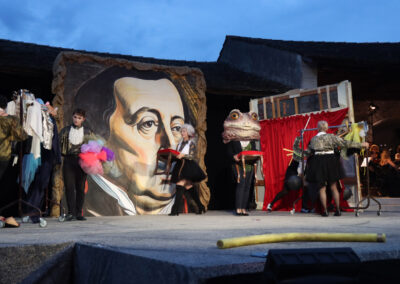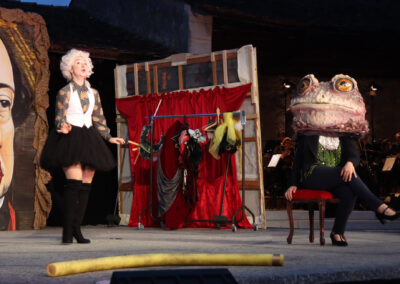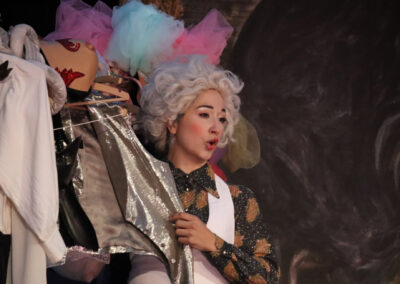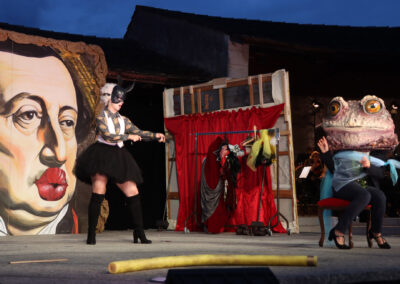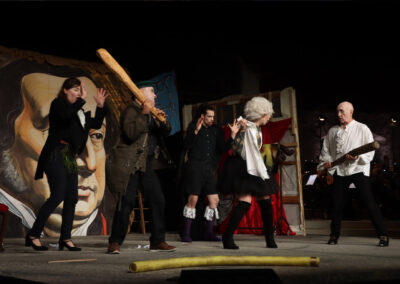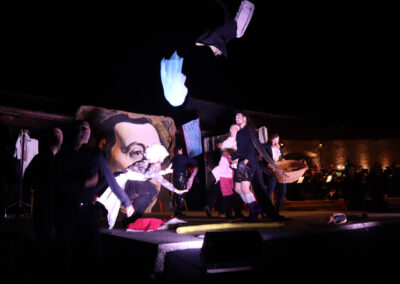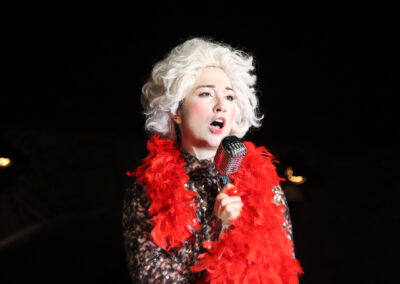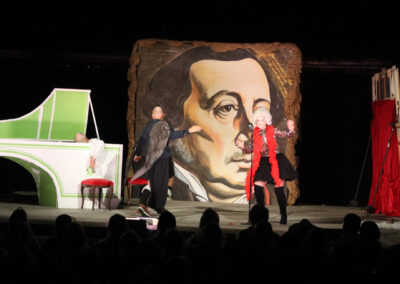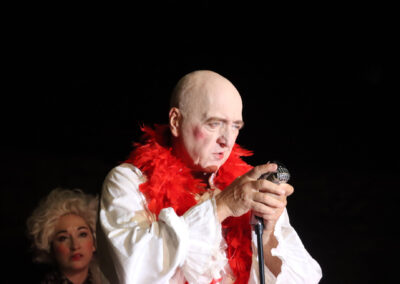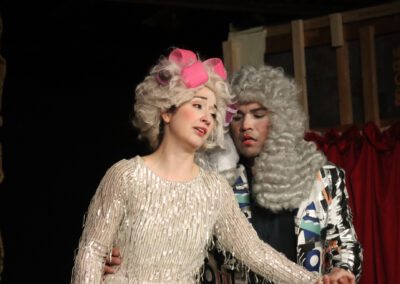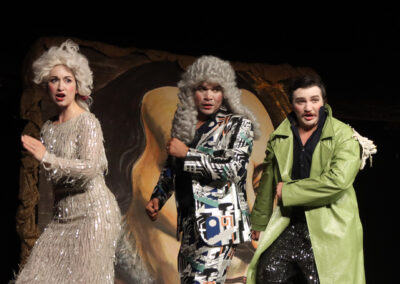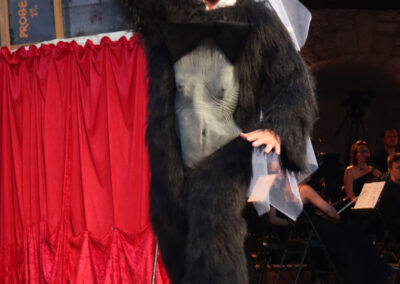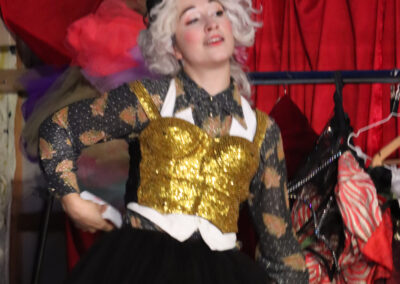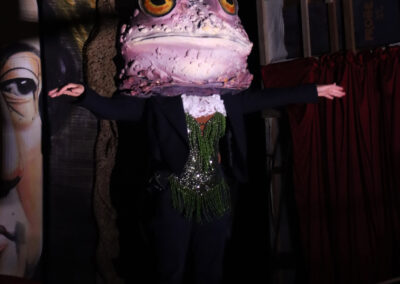Il Barbiere di Siviglia

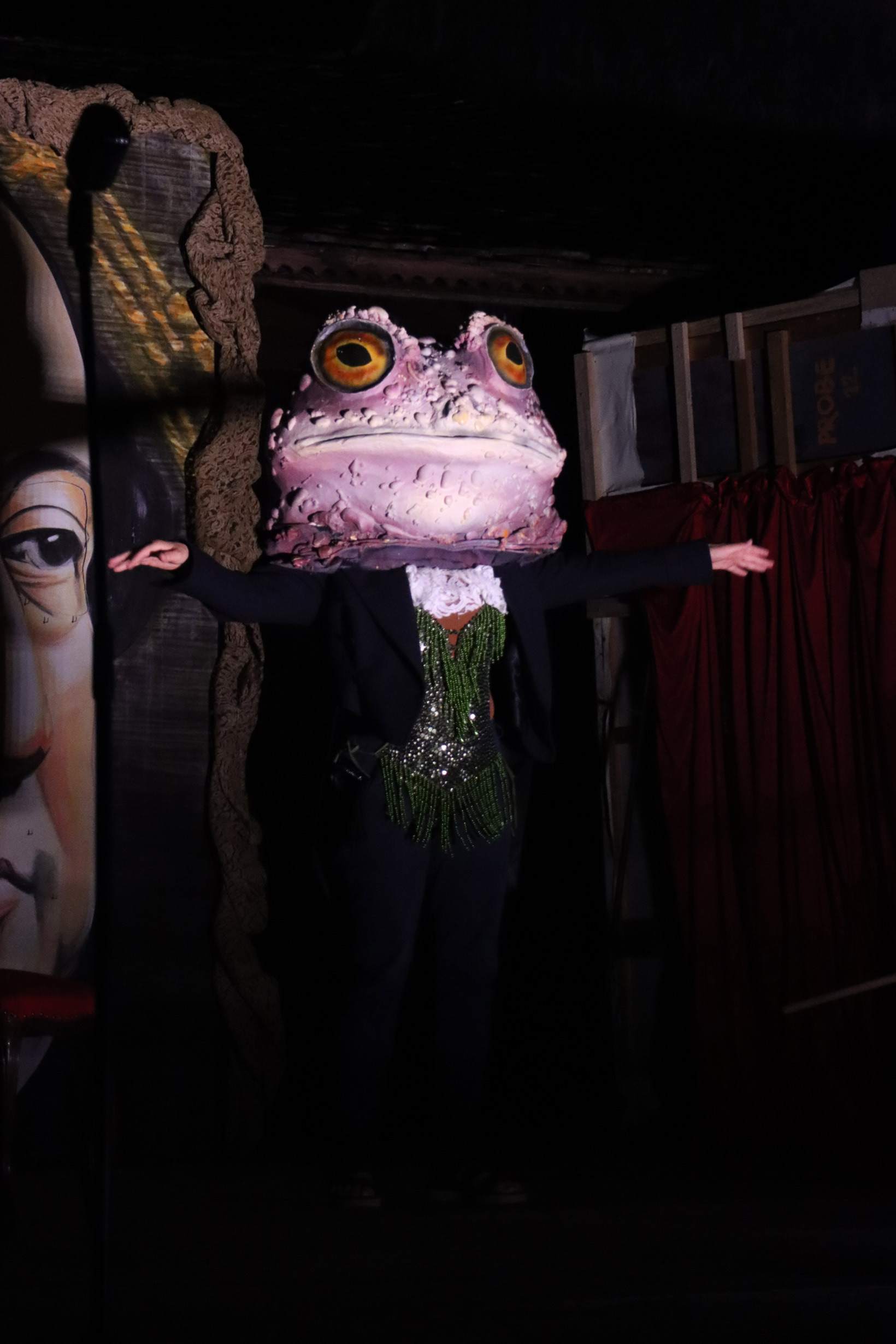
Il Barbiere di Siviglia
Due to the success of « The Magic Flute », the Munot Festival invited me to stage their next production, which took place in August 2024. When they told me the title, I was a bit shocked: an opera whose plot seemed to be a mere excuse to present very beautiful music, but full of nonsense, repetitions, and poorly structured situations. I don’t like to stage purely illustratively, and I went in search of the essentials of the play, beyond the story itself. It was a difficult time, because it seemed like I had to go against the flow of the play, in order to extract some meaning from its nonsense. The process was almost torturous until the moment when, having lived through an absurd situation, I realized something revealing: that I could deal with difficult situations if they were taken for what they were laughable, ridiculous, and absurd. I realized that many of the deeper meanings and well-being that I can attribute to many aspects of life emerge from illogical, silly situations, and that, in the nonsense, the meaning becomes clearer to me.
Based on the simple sound, I thought of creating a character whose presence would allow for a transversal reading of the play: Rossini-Rosina. He/she would narrate the story, sometimes being the author or the character or both at the same time. However, to achieve this, I would need much more rehearsal time and greater creative freedom. Both, however, did not fit within the framework that the festival provided, in addition to the many other practical restrictions that I have already mentioned in « The Magic Flute ».
Without completely abandoning this idea, however, I established the set design and created a « narrator ». The play begins and ends with the countess (Rosina), now elderly, sitting in a rocking chair in front of the proscenium of a small theater.
At the same time, in addition to this small proscenium, the set design was a large portrait of the composer (Rossini), who observed all the action with an ironic smile and made comments on what was happening as if he were an emoji. All the characters, a large number of stage props and many pieces of clothing emerged from behind this portrait, as if it were a theatre warehouse. Thus, the characters used this warehouse, dressing and undressing, modulating their character according to the scene they were living, also using the many props that were available to them to interpret, in a choreographic way, the nonsense and absurdity of the various scenes. The entire plot results from the fact that the countess (Rosina) is remembering her wedding day, which happens again as if in a dream, as if it were theatre within the theatre. Before the final ensemble, the elderly Rosina tells, in a short text, how she lived, what her relationship with her husband was like and how the memory of the adventures of the day she got married brings with it a great capacity for lightness and for perceiving the theatricality of life, in order to relativize and transform into constructivity the many adversities she faced and continues to face.
The work was very intense due to the intrinsic difficulties of having few economic means to carry out a vision, the challenge of staging outdoors – the show began in daylight and ended in darkness – and even, this time, the fact that there were up to three performers for one role (Rosina) who had to be prepared in two weeks. Despite these adversities, the production was a success!

